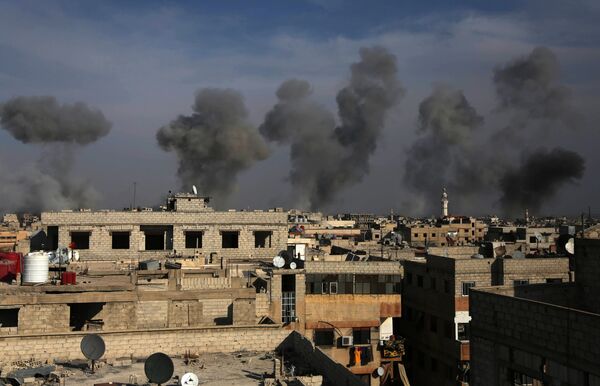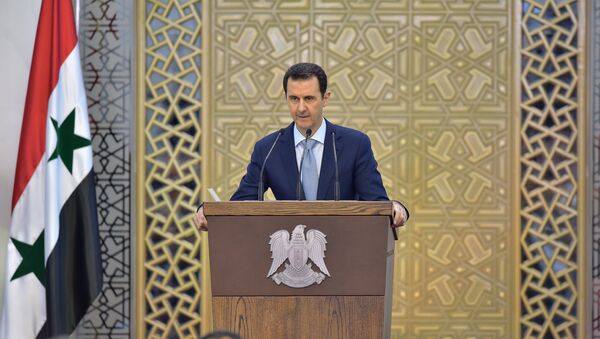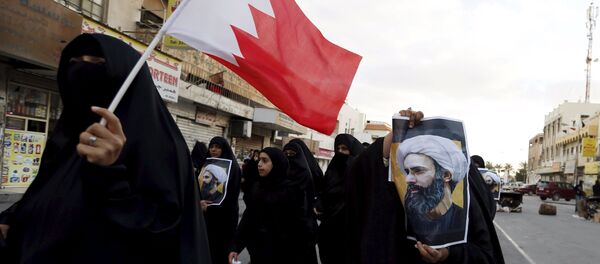In March 2017, "Assad relinquishes presidency; inner circle departs," the news agency quoted the timeline, outlined by the US leadership, as saying.
The timeline loosely corresponds with a recently-adopted UN Security Council resolution, which offers a roadmap to solving the months-long war. The plan involves securing a ceasefire and then holding presidential and parliamentary elections. The polls are expected to take place mid-2017.
Russia has always maintained that the Syrians have the right to determine their own future, including choosing a president. Many analysts agree that if al-Assad runs for president, he stands a high chance of being reelected.

The Obama administration has repeatedly said that al-Assad must go before the peace process could be launched. Many politicians, officials and experts believe that this stance is preventing the US from cooperating with Moscow, Tehran and Damascus in their fight against Daesh and is essentially delaying the resolution of the Syrian crisis, which has already claimed approximately 250,000 lives and displaced 11 million people.
In recent weeks, Washington and its European allies appear to have backtracked on the "Assad must go" policy, saying that he could remain in power in the transition period.

The oil kingdom severed diplomatic ties with Iran after protesters stormed the Saudi embassy in Tehran.
According to the US timeline, a transitional governing body will be created in April 2016; in May the Syrian parliament will dissolve; in the next six months the new constitution will be drafted; the Syrians will take part in a constitutional referendum in January 2017. New government will be formed following elections held in August 2017.






